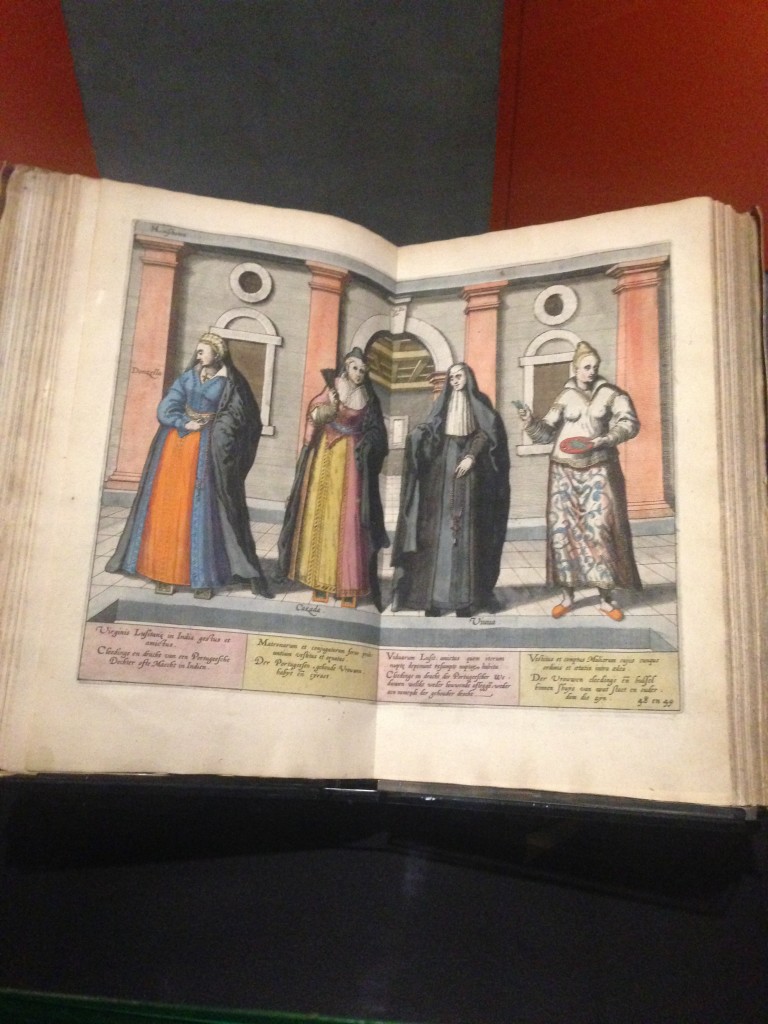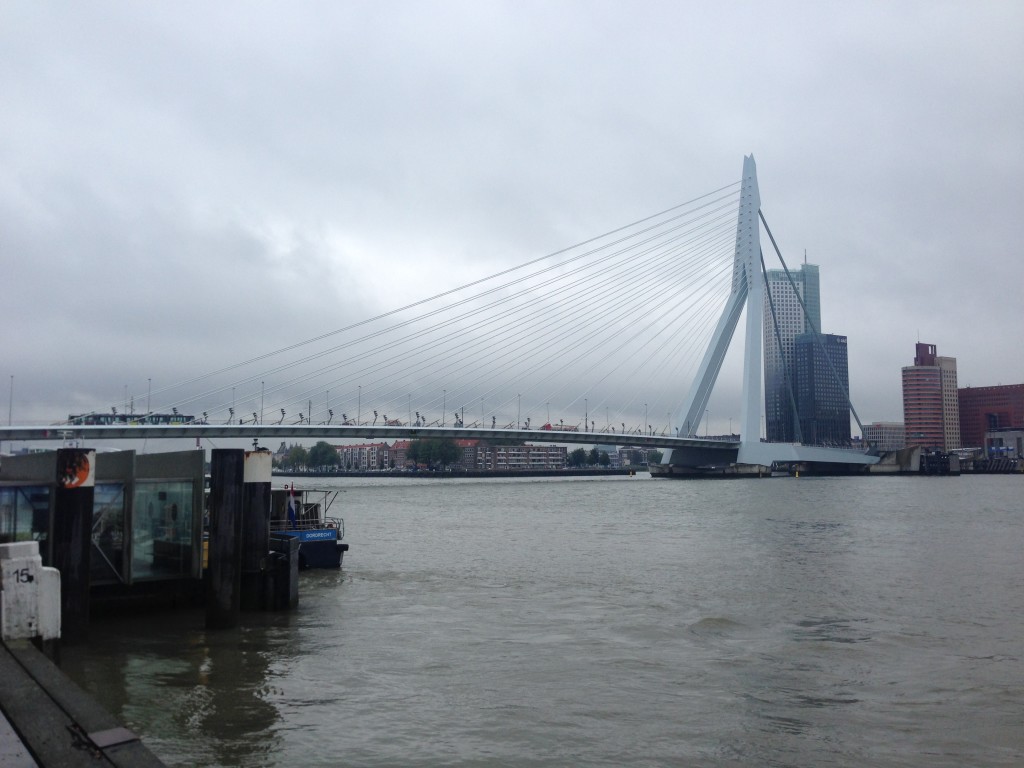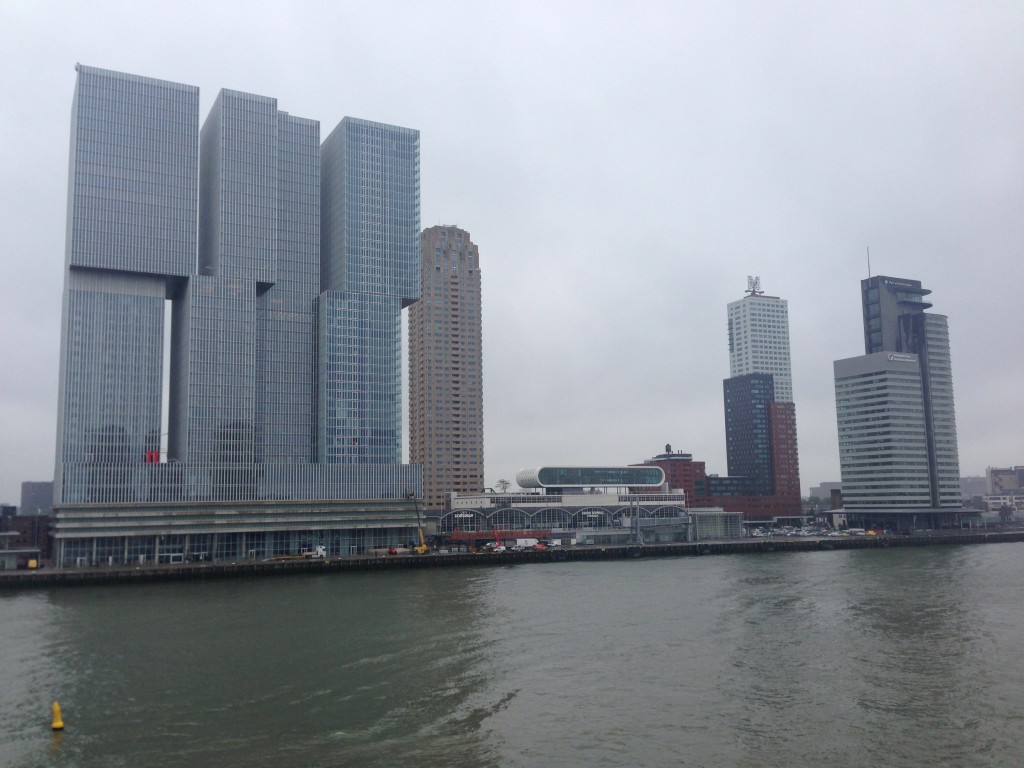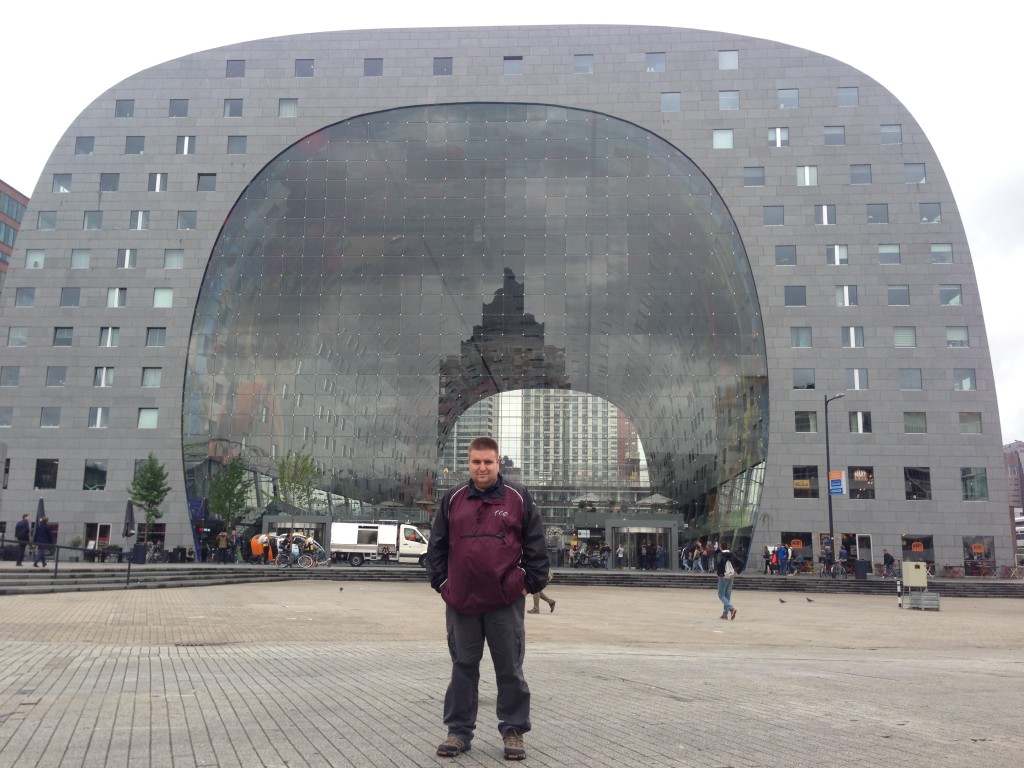Rotterdam has an exhibition dedicated to its destruction during WW II. The Germans flew in troops under the cover of darkness and landed on the main river to secure the bridges while simultaneously attacking targets with similar objectives securing infrastructure throughout the Netherlands. The Germans hoped to leverage much of the existing infrastructure for their eventual attack of Britain. This caught the Dutch flatfooted who had not expected attacks so far behind their defensive lines. After a four-day stalemate in Rotterdam, the Germans called in an air raid.
One of the most fascinating aspects of this was that Dutch and German times were off by 1 hour and 20 minutes. The Dutch, who thought there was still time, were negotiating when the German bombers began approaching. The start of the air raid, while still attempting to come to an agreement, remains controversial. In less than 15 minutes of bombing, over 75,000 people became homeless from the resulting destruction. The next day the Dutch surrendered.
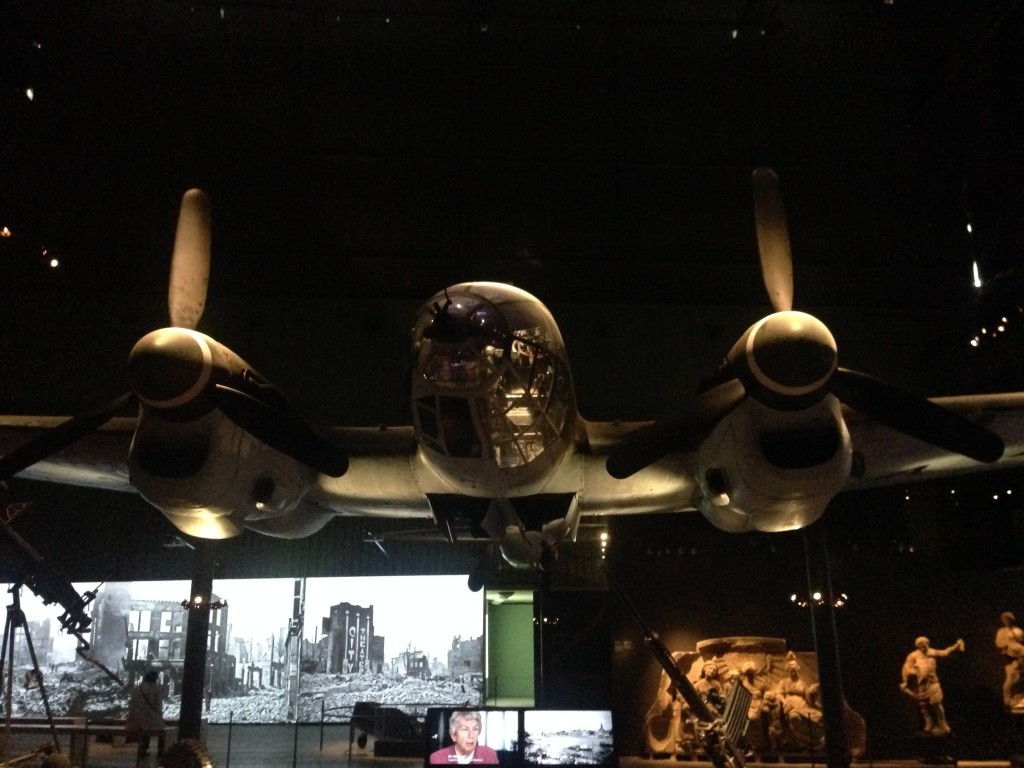 German Bomber (Heinkel He 111)
German Bomber (Heinkel He 111)
At the Maritime Museum, I found a travel journal on display that was kept by a Dutch merchant who had worked for the Portuguese. It revealed critical information that the Portuguese had kept confidential in order to maintain a monopoly on trade from Asia such as updated maps and commerce. This helped establish Dutch exploration of that part of the world. It had never occurred to me how critical travel writing is to this aspect of history.
Travel Journal by Jan Huyghen
Erasmusbrug Bridge
Contemporary Architecture
Market Hall
// Oliver – Day 4 – Netherlands

